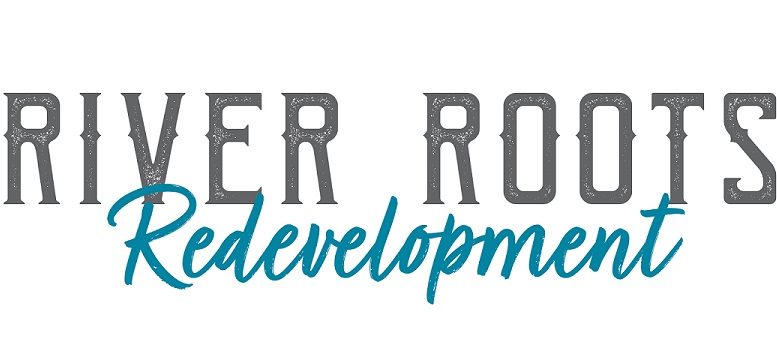Sustainable or “green” landscaping is being used more and more in redevelopment. Purposeful landscaping with this method can mean savings in time and energy and can reduce pollution. It is also beneficial to local birds, pollinators, and other wildlife. This landscaping technique combines function and numerous benefits for people and the environment. Sustainable landscaping isn’t only for large redevelopment projects though, it’s also a method you can use at home.
The Laurel Highlands Falls Area Visitor Center at Ohiopyle State Park is one of my favorite visitor centers. The building boasts a LEED Gold Certification, meaning it is built to use less energy, produce less CO2, use less water, and reduce waste. It does this through geothermal heating and cooling, recycled materials, biological wastewater treatment, sustainable landscaping, and other green methods, many of which can be reproduced at home.
One way the visitor center at Ohiopyle has utilized sustainable landscaping is its native flower beds. They have also taken former lawns and reverted them to meadows with native wildflowers. At home, look for native plants to use in your landscaping instead of non-native and potentially invasive plants. Native plants are beneficial to pollinators like honeybees and butterflies, and because they’re already well-suited to our climate, it means less work from you for water requirements and soil amendments. Here in Northwest Pennsylvania, we have some beautiful native plants like Butterfly Milkweed (Asclepias Tuberosa) and Cardinal-Flower (Lobelia Cardinalis).
At the Laurel Highlands Falls Area Visitor Center, the plants aren’t only in the ground. The building has two green roofs that reduce runoff and aid in insulation and reducing heat absorption. Converting your house’s roof is likely not possible or practical, but if you have a small shed or outbuildings like a chicken coop, those make great candidates for green roofs. You can also utilize vertical gardening techniques to further maximize space.
Another aspect of sustainable landscaping that is easy to do at home is rainwater harvesting. By setting up a simple rain barrel, you can catch and store water that can be used to water your plants during dryer periods. There are kits available in nearly any design style imaginable, or you can create your own with a barrel, some mesh, and a valve or spigot.
Try reducing or eliminating the use of harsh chemicals for pest control and fertilizers by amending your soil with compost or other organic sources. A soil test kit can show you what, if anything, your soil is lacking. And by using more native plants, you will attract birds that will, in turn, assist in pest control–win-win!
Other sustainable landscaping techniques include erosion control, using solar energy, and xeriscaping, to name a few. If green landscaping interests you, I’d love to chat about any ideas you have! Stop in on Fridays in Foxburg from 1-3 p.m. Weather pending, we’ll spend the first hour at Divani Chocolatier and then move up the hill to River Roots Community Farm located at AC Valley School District.
Rachel Brosnahan is the Community Engagement Coordinator for River Roots Redevelopment. She can be reached by email at rachel@riverrootsredevelopment.org.








































